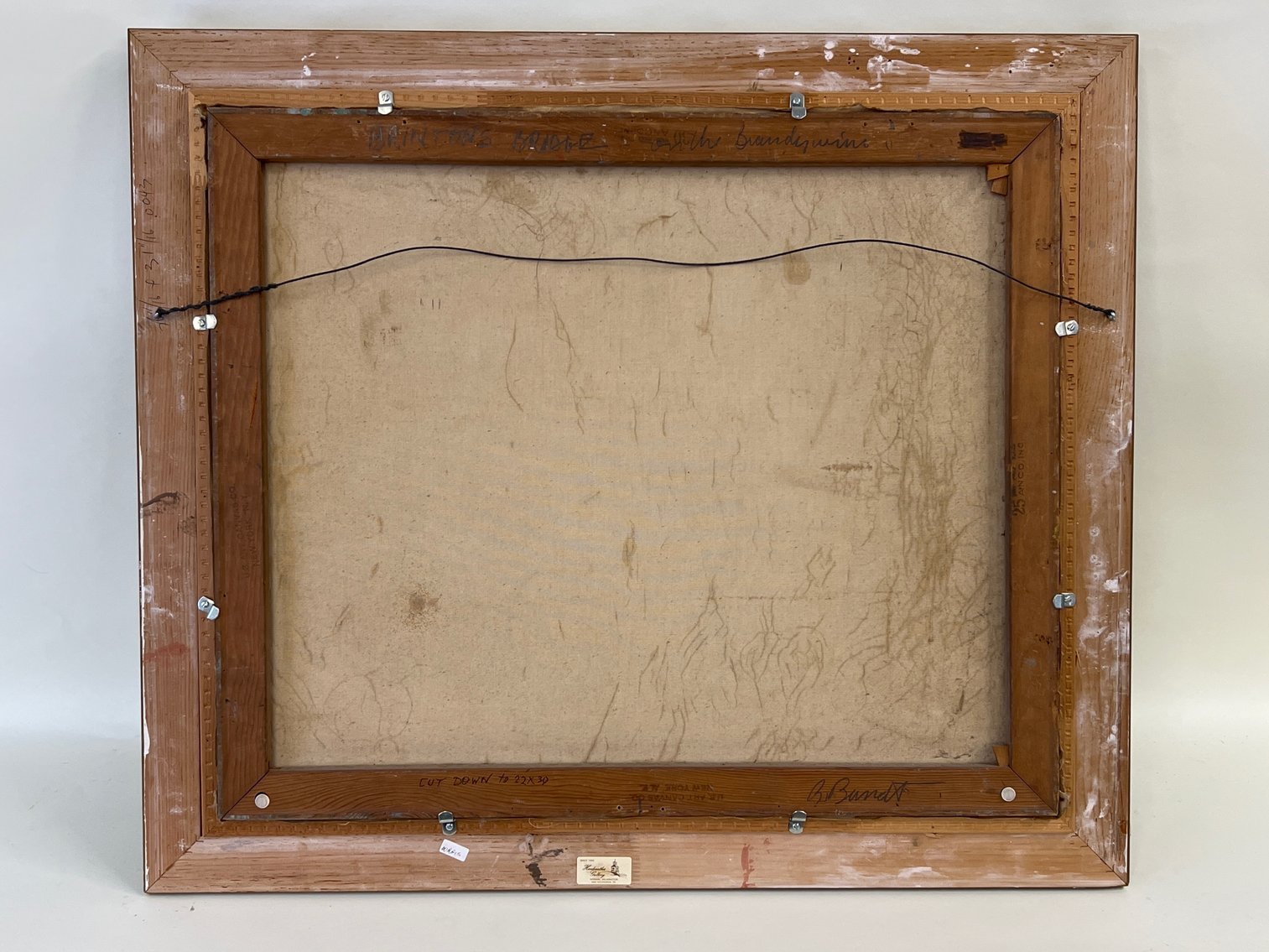Brinton's Bridge: A Witness to History on the Brandywine
Nestled amidst the rolling hills of Chester County, Pennsylvania, Brinton's Bridge stands as a testament to both innovation and the enduring spirit of the Brandywine Valley. Its history, intertwined with the region's development and the pivotal Battle of Brandywine, offers a glimpse into the lives of farmers, soldiers, and the changing landscape of America.
Prior to the construction of Brinton's Bridge in 1845, a ford, known as Brinton's Ford, served as the primary means of crossing the Brandywine Creek at this location. This passage held strategic importance during the American Revolution. On September 11, 1777, the Continental Army, led by General George Washington, used Brinton's Ford as part of their defensive line against the advancing British forces. Though ultimately unsuccessful in stopping the British advance, the skirmish at Brinton's Ford highlighted the critical role these crossing points played in military strategy.
The year 1845 marked a turning point for Brinton's Ford. Local builder Robert Russell constructed a covered wooden bridge, spanning 145 feet, to replace the unreliable ford. This innovative design, employing locally quarried stone for the foundation, not only facilitated easier travel for farmers but also became a vital link for the growing community. The covered bridge design offered protection from the elements and extended the bridge's lifespan, making it a practical and aesthetically pleasing addition to the Brandywine landscape.
The bridge underwent significant improvements in 1918, ensuring its continued use well into the 20th century. However, by 1937, the ownership of Brinton's Bridge transitioned from private hands to the state, reflecting the bridge's growing importance as public infrastructure.
Brinton's Bridge stands today as a well-preserved example of 19th-century covered bridge construction. Its significance extends beyond its utilitarian purpose. It serves as a tangible link to the region's agricultural past and a silent witness to a pivotal battle in American history. The bridge continues to be a vital connection for the local community, offering scenic views and a peaceful escape for pedestrians and cyclists.





